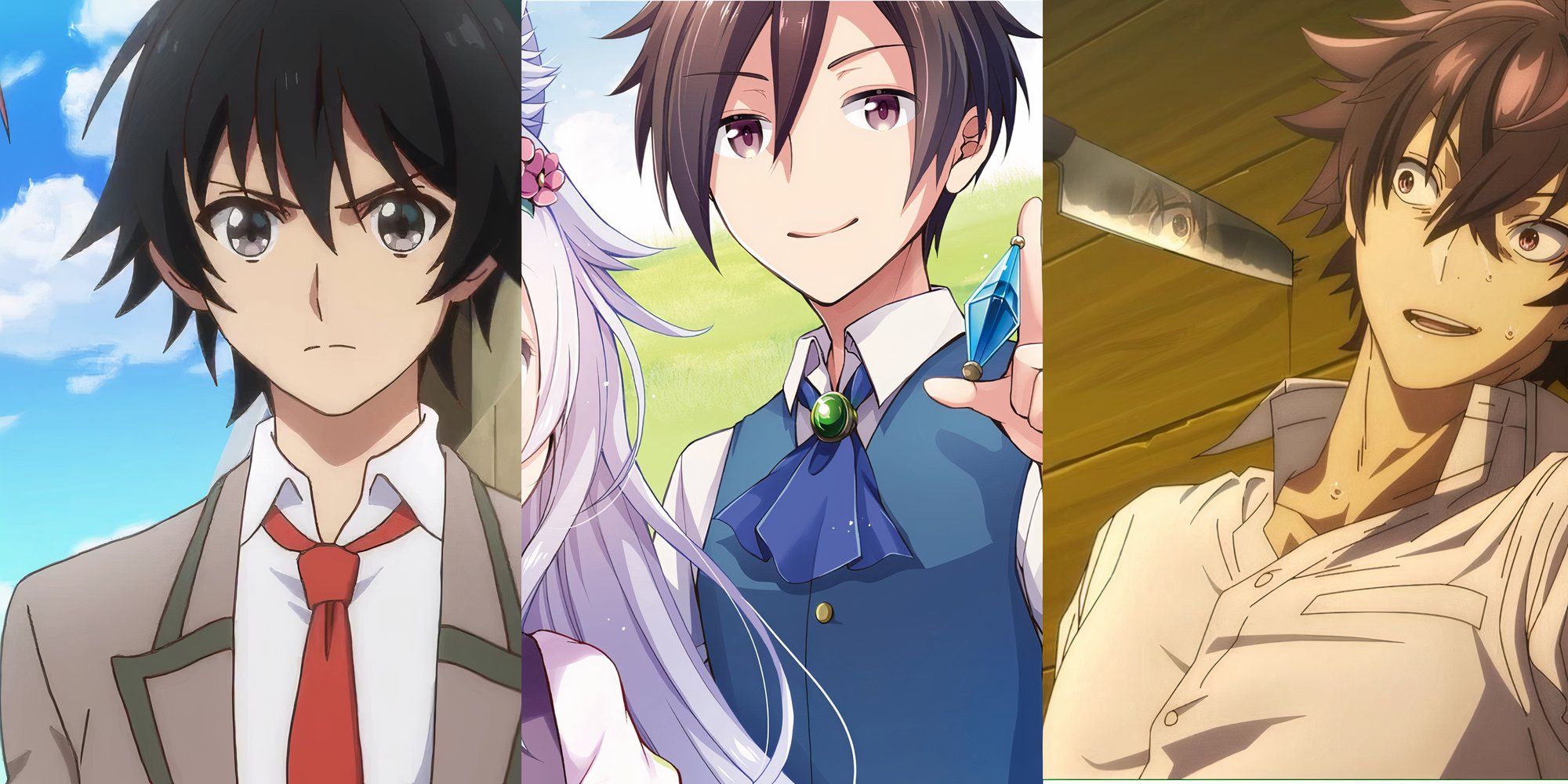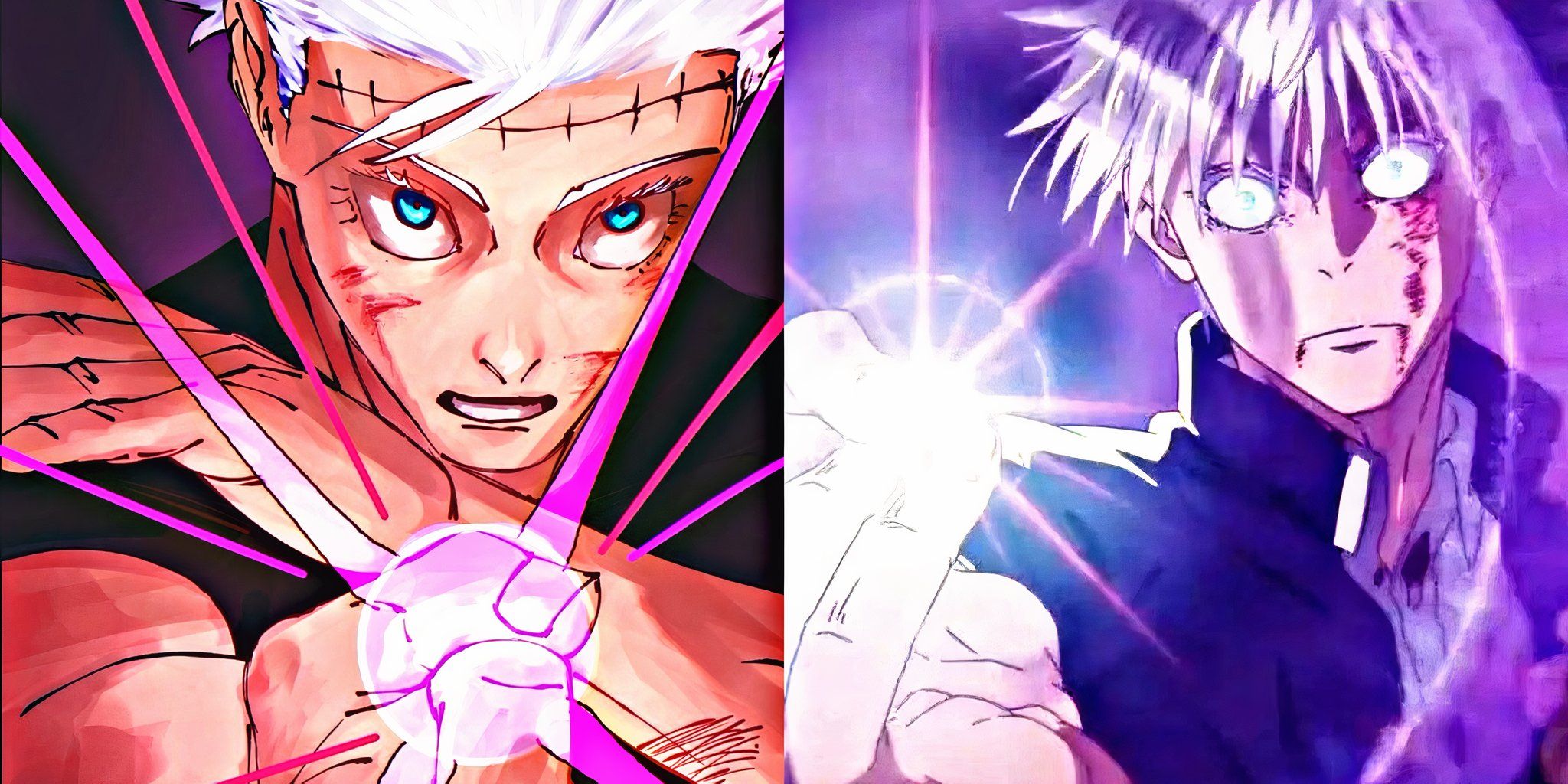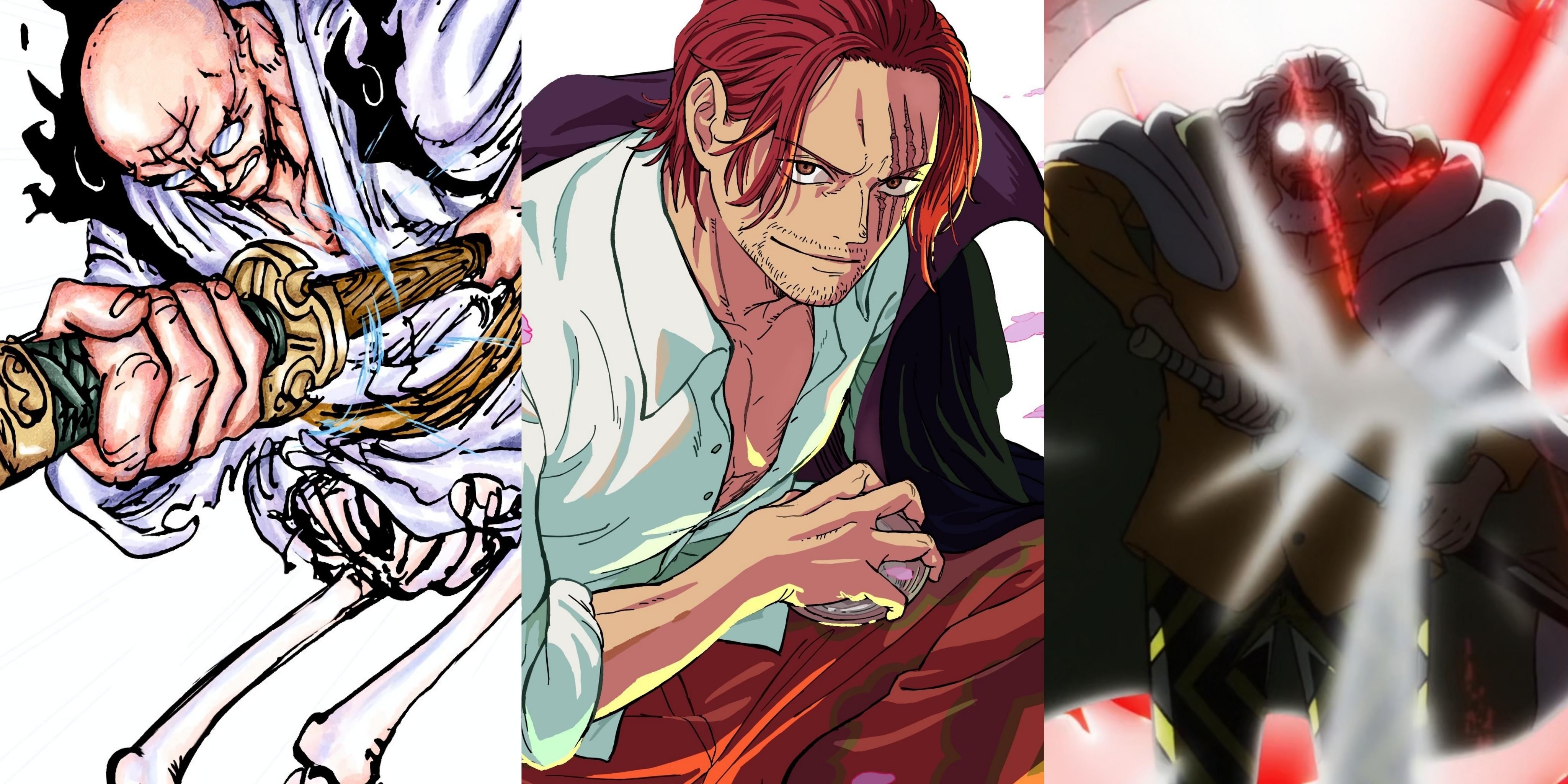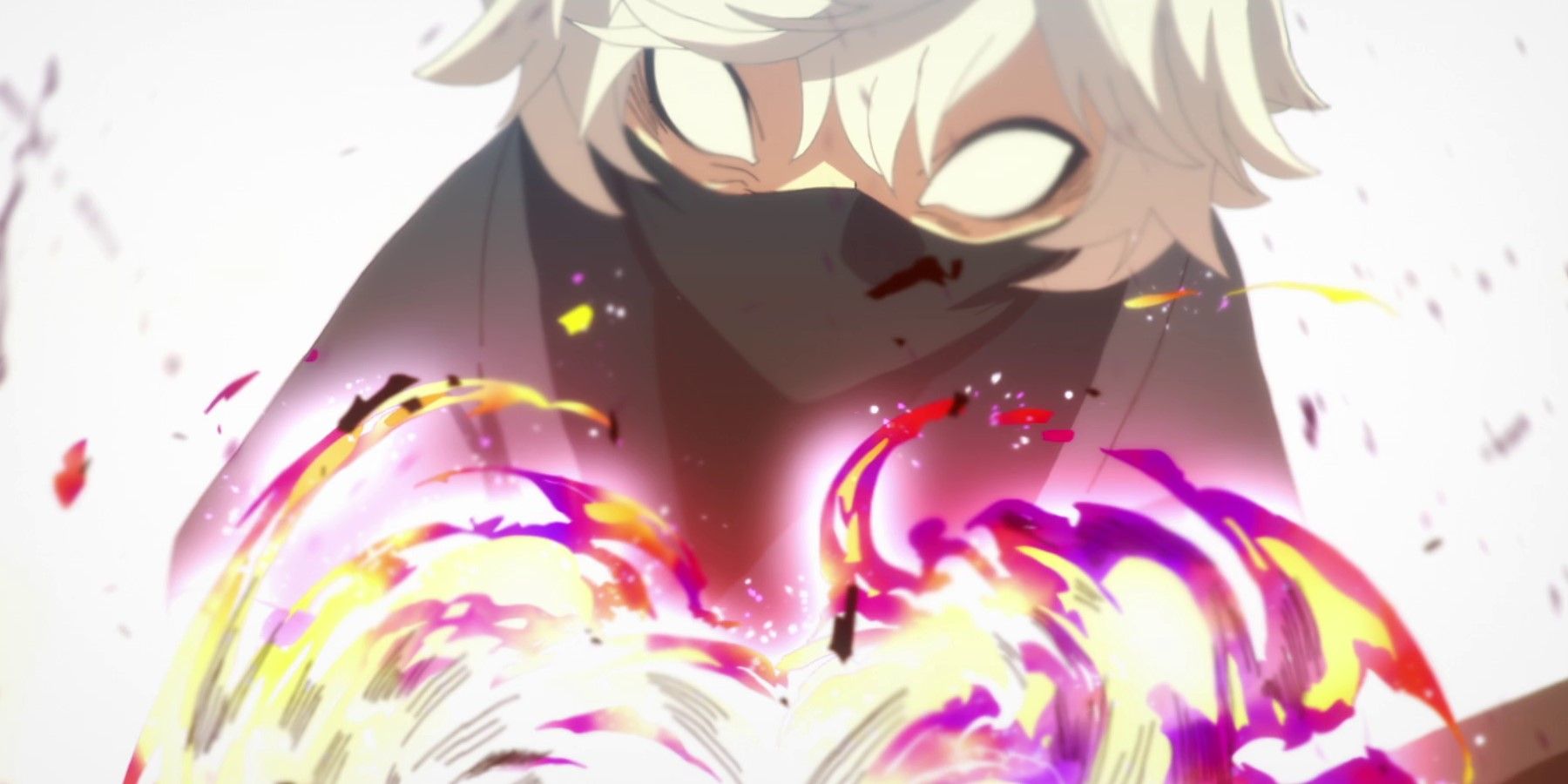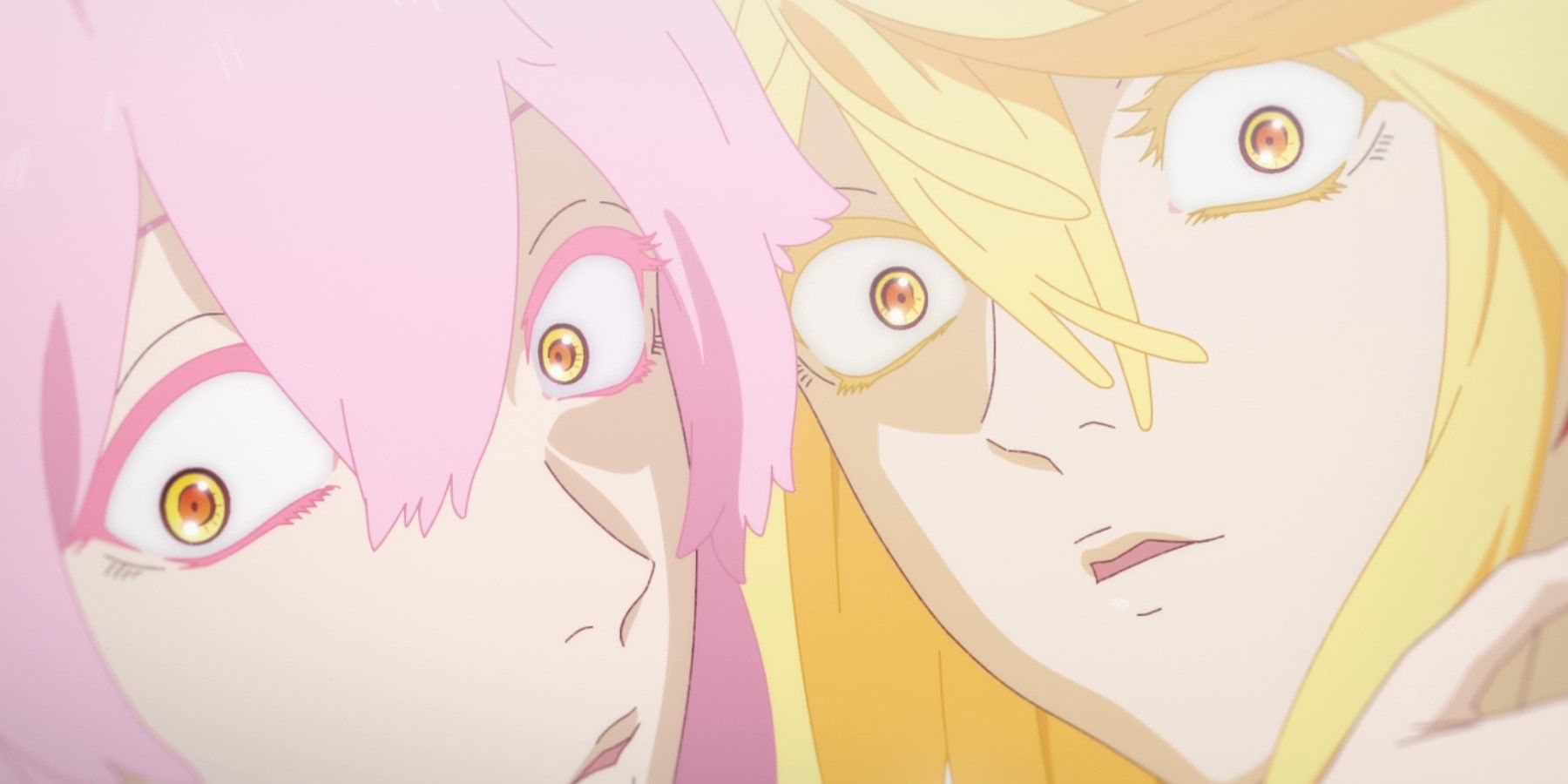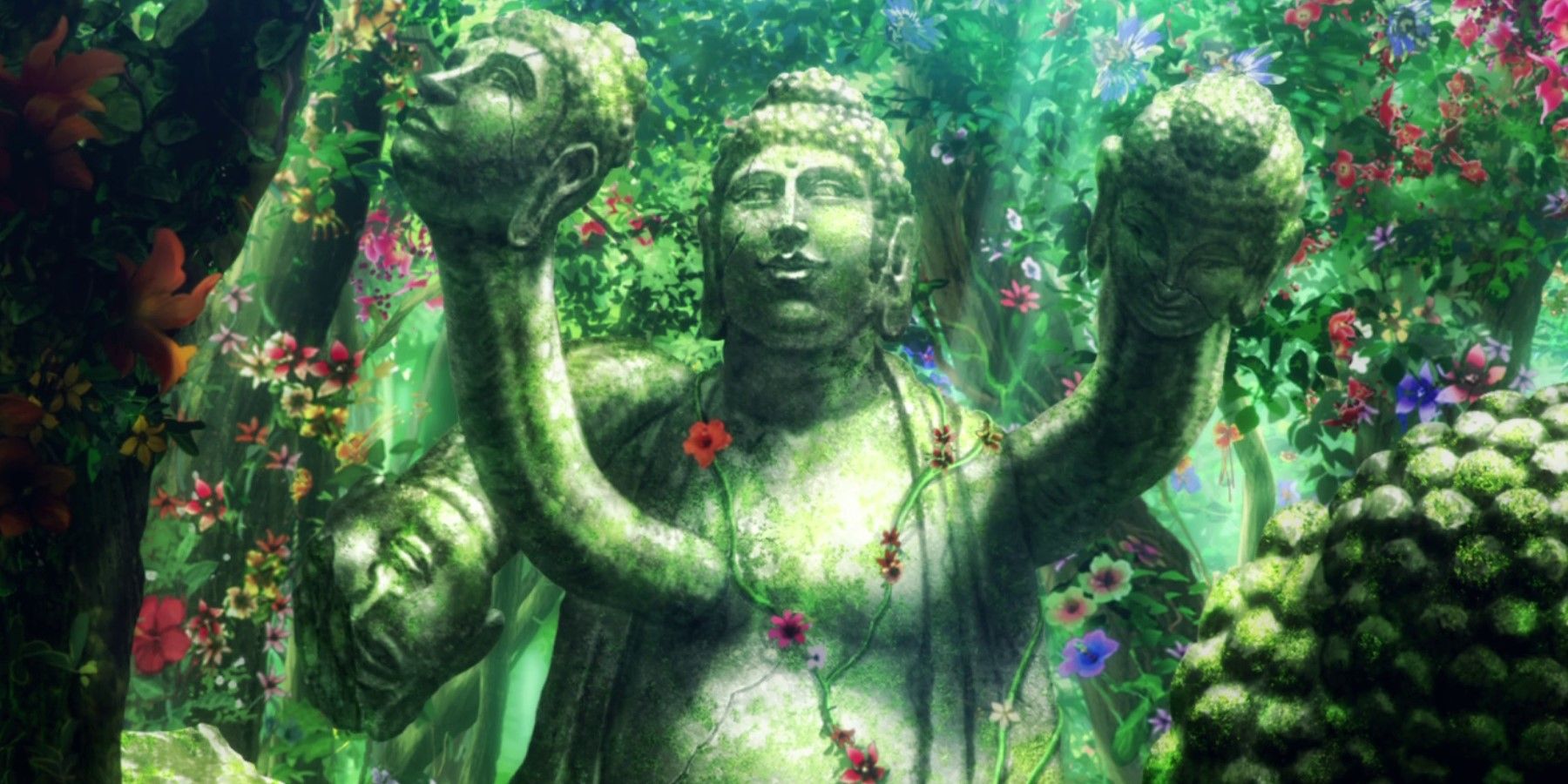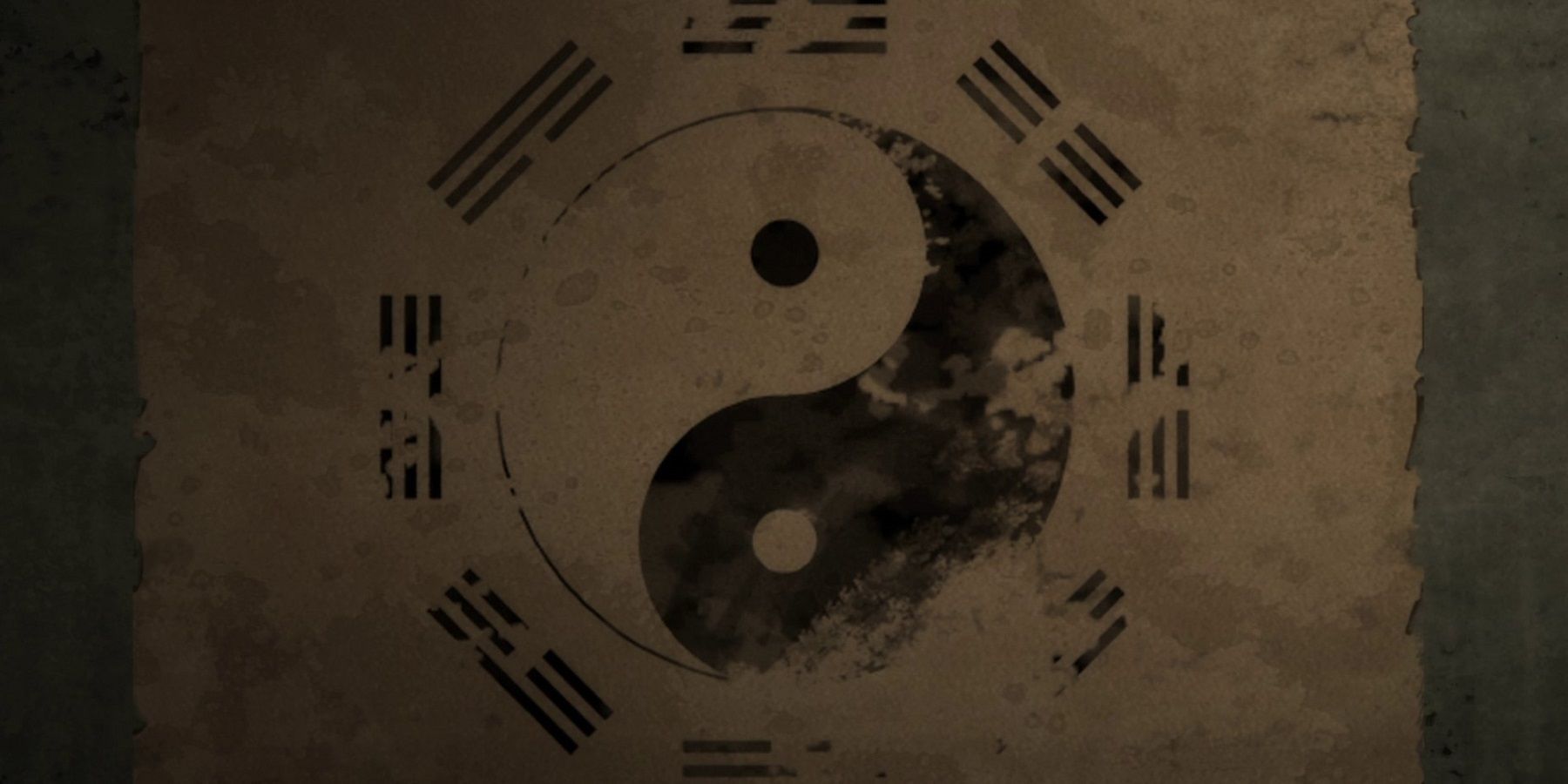The seventh episode of Hell's Paradise: Jigokuraku was heavy on the exposition, introducing new characters and expanding upon some of the information available regarding the nature of the island, Kotaku. This episode marks the beginning of an exciting major arc in the narrative, where fans can come to expect a radical shift in the level of danger faced by the remaining members of the Vanguard Party.
With the Tensen having been briefly introduced, and more information on the nature and location of the Elixir of Life, not to mention the structure of the island and some information on the kinds of threats that can be expected there, Hell's Paradise: Jigokuraku is now beyond its introductory phase and gearing up to get into its real story.
Monsters In All Shapes
According to the tree-man known as Hōko, the real reason why no human can ever expect to leave Kotaku alive is because of the so-called gods who preside over the island. Referring to these beings as "Tensen", Hōko explains that they are perfect beings of immense beauty who are impervious to injury and do not age; the true rulers of Shinsenkyō. The island was always regarded immensely dangerous; however, the threat is thought to be the monstrous abominations that have been seen across the outer part of Kotaku, Eishū. The Tensen are the beings who also guard the secret of immortality; those who have partaken of the legendary "Tan" and accessed eternal life. As Hōko tells Gabimaru and the group about the Tensen, the Bandit King, Aza Chōbei is seen engaging in battle with one such Tensen after he and his attendant and little brother, Toma, come across two immortals copulating in the forest.
A brief but convincing display of the strength of the Tensen is seen in the various snippets of Chōbei's battle, and despite having decapitated it in addition to otherwise very badly mutilating his opponent, the Tensen showed off rapid regeneration abilities and a vine-like internal consistency that makes them seem more plant-like than human. The existence of Hōko and Mei on the island also brings up various questions about the origins of the island, the various monsters that are thriving there and the reasons for the long lifespans of both characters, who have lived on Kotaku for over a millennium.
What Is Kotaku, Really?
One of the things that Hell's Paradise: Jigokuraku is gearing up for in the coming episodes is more exposition on the origins and nature of Kotaku, which is directly related to the threat of the Tensen. Hōko's home village appears to be the ruins of what was once a civilized community in Hōjo, the region found when they venture deeper into the island, and remnants of human life can be seen in the buildings, the decorations in Hōko's house, and their bath house. Clearly, Kotaku is called Shinsenkyō, the land of the gods in legend; however, the various realizations of the accuracy of such legends is going to be centre stage as Gabimaru and the others come into contact with the island's biggest threats.
Various plot points were set up with the introduction of Mei and Hōko, and the latter's refusal to answer Gabimaru's question concerning Hōko's relationship to the little girl is going to be of great significance to the overall narrative later on. The fact that the characters now have confirmation of the existence of the Elixir of Life, as well as a general idea of its location (which was never, ever, ever the forest) means that the quest that began as a means for the shogunate to discard dangerous and undesirable members of society now has some level of tangibility – pun intended. This tangibility means that the pardon being used to manipulate the Vanguard Party is achievable because the elixir exists somewhere on the island.
Taoism
The biggest thing that is going to be explored in the coming episodes of Hell's Paradise: Jigokuraku is the power system that the series employs for its characters, which is based in Taoist philosophy and cosmology. Taoist imagery accompanies the various Buddhist motifs that are strewn across Kotaku, and for this reason, Yamada Asaemon Senta does not believe that the island is the land of the gods – the Shinsenkyō of legend. In Hōko's house, Senta focuses on an image of Taoism's famous symbol, the Yin and Yang, which is in this situation presented on an eight-sided plane, each side bearing its own assortment of broken and unbroken bars in groups of three.
This image is known as the Ba Gua, which refers to a set of eight symbols originating in ancient China that are used in Taoist cosmology in the representation of the fundamental aspects of reality. Each set of three lines (called a "Trigram") and their state; whether broken or unbroken, corresponds to either the negative feminine Yin aspect, or the positive masculine Yang aspect that informs the basic duality of reality: light and dark. These trigrams also correspond to one of the five cosmological elements: fire, metal, wood, water and earth. While only shown briefly in the episode, the primacy of the Dao in the series' establishment of an inherent power system means that the combat in Hell's Paradise: Jigokuraku is about to get a major boost unlike anything shown in the anime thus far.

